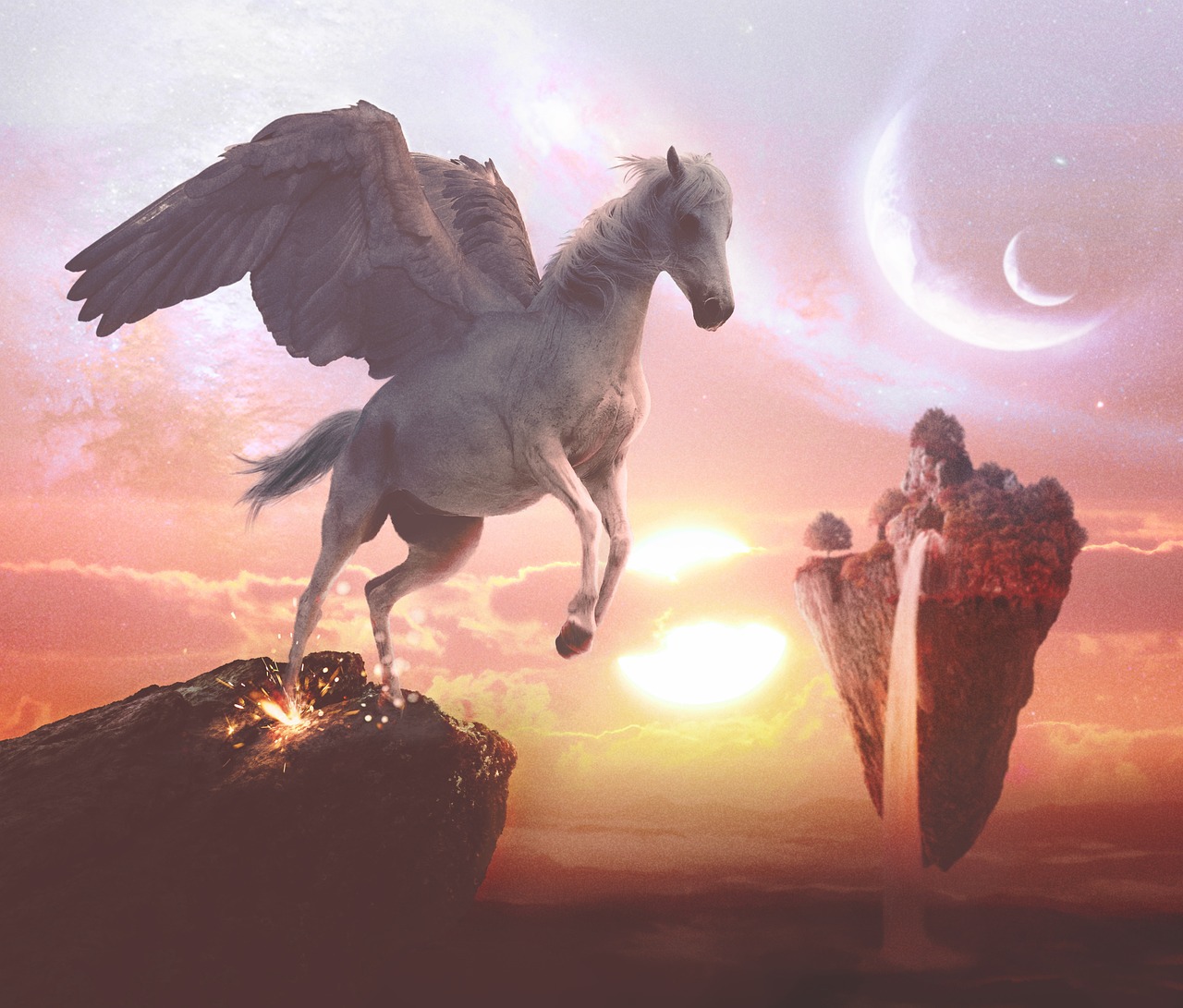Greek mythology encompasses a vast collection of stories regarding the deities, heroes, and rituals of ancient Greece, deeply rooted in Classical antiquity. Even though philosophers like Plato acknowledged the fictional aspects of these myths during the 5th and 4th centuries BCE, many Greeks regarded these narratives as truthful representations of their beliefs and traditions. The significance of Greek mythology has only grown over centuries, profoundly influencing the arts and literary expressions in Western culture, which inherited numerous elements from Greek civilization.
Across different cultures and historical epochs, myths have served to elucidate natural phenomena, document godly or heroic exploits, or justify social and political structures. However, Greek myths stand out as remarkable sources of creativity and imagination in the Western world. They have continually inspired poets and artists from ancient times right up to modern-day interpretations, emphasizing the timeless relevance of these Classical themes.
Literary Origins of Myths
The foundational texts of Greek mythology include Homer’s epic poems, the “Iliad” and the “Odyssey.” The Greek historian Herodotus, from the 5th century BCE, noted that Homer and Hesiod significantly shaped the characteristics of the Olympian gods. Though contemporary scholars might view these assertions with scrutiny, Homer’s storytelling assumes familiarity with preceding myths, as the characters are defined by their lineage, like Apollo, the son of Zeus and Leto, or the sons of Atreus, Agamemnon and Menelaus.
Hesiod’s works, especially “Theogony” and “Works and Days,” expand the framework of these myths. “Theogony,” dating to around 700 BCE, provides a detailed genealogical account of the gods, embellished with folklore and myths explaining origins. “Works and Days” offers wise counsel intertwined with practical agricultural insights, presenting a dual theme with “Theogony.” Together, these poems illustrate the divine hierarchy while promoting justice as a means to navigate life’s uncertainties.
Contributions from Other Literary Figures
Beyond the works of Homer and Hesiod, various other literary sources fill in the narrative gaps of the Trojan War alongside the shorter “Homeric Hymns,” which contain vital religious myths. Lyric poets preserved numerous myths, but none so richly as Pindar of Thebes, who thrived in the 6th and 5th centuries BCE. Tragedians like Aeschylus, Sophocles, and Euripides from the 5th century BCE also explored diverse myths and legendary tales, ensuring that these stories remained a vibrant part of Greek cultural life.
During the Hellenistic period (323–30 BCE), poets and scholars like Callimachus cataloged obscure myths, while mythographer Euhemerus introduced the notion that deities stem from ancient humans, a perspective known as Euhemerism. Notably, Apollonius of Rhodes contributed a detailed account of the Argonauts and their quest for the Golden Fleece. Following this era, various influential texts emerged, including Strabo’s Geography in the 1st century BCE and pseudo-Apollodorus’s Library, along with Plutarch’s biographical works, each enriching the corpus of Greek mythology.
Archaeological Insights
Significant archaeological breakthroughs have further illuminated the understanding of Greek myths. The Mycenaean civilization, unearthed by amateur archaeologist Heinrich Schliemann in the 19th century, alongside the Minoan civilization studied by Sir Arthur Evans in the 20th century, provides crucial context for interpreting myth and ritual in ancient Greece. Findings highlighting Minoan culture from around 2200 to 1450 BCE and Mycenaean society from about 1600 to 1200 BCE bridge knowledge gaps from the subsequent Dark Age lasting until roughly 800 BCE.
While evidence from these civilizations primarily manifests through monumental artifacts and limited record-keeping scripts like Linear B, fragments of geometric pottery from the 8th century BCE depict scenes related to the Trojan cycle and Heracles’ legendary deeds. However, the ceremonial nature of the art complicates scholars’ efforts at interpretation without accompanying inscriptions.
Through the Archaic (circa 750–500 BCE), Classical (circa 480–323 BCE), and Hellenistic periods, scenes inspired by Homer and other mythological sources proliferated, reinforcing the idea that these myths, while ancient, still resonated deeply in later cultural expressions.



